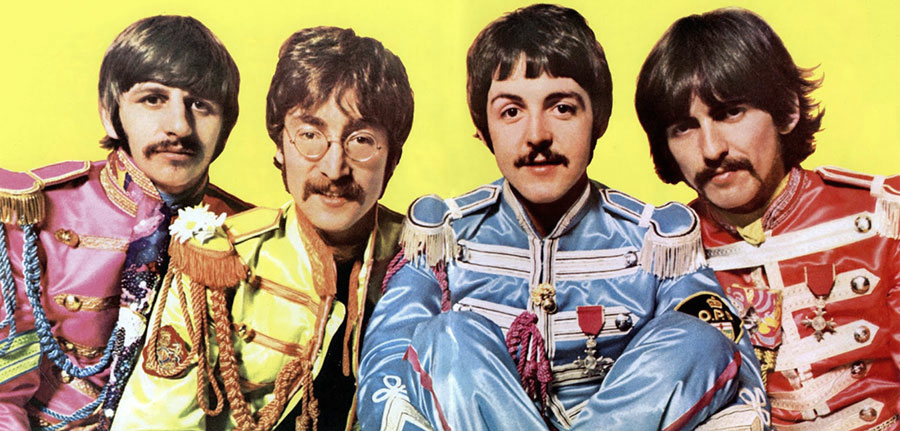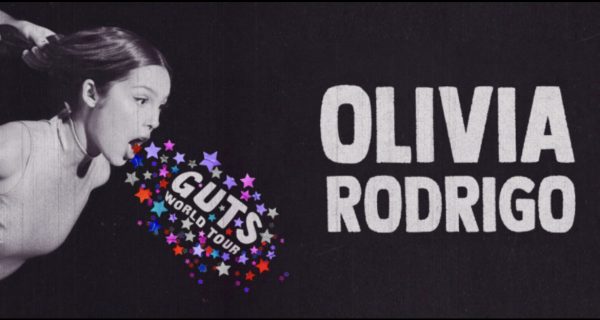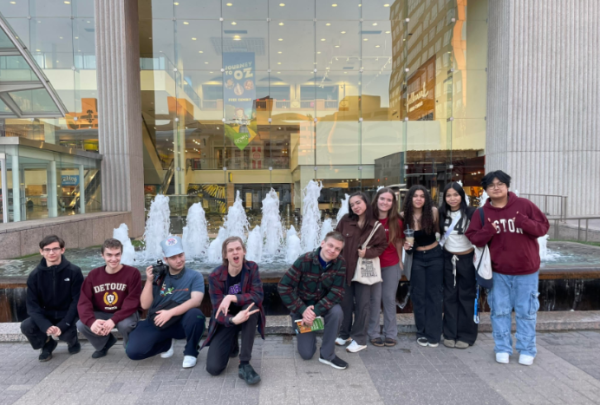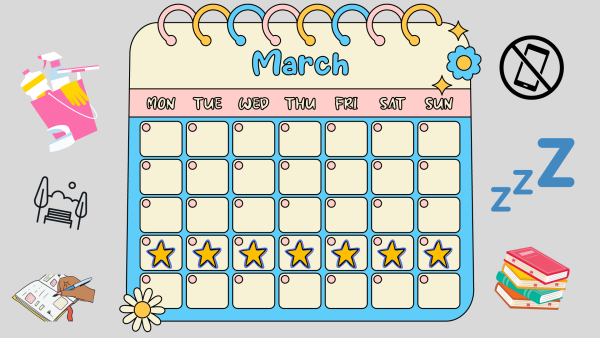50 years ago today: The act you’ve known for all these years
June 1, 2017
On June 1, 1967, the music scene was changed forever. The four lovable lads from Liverpool, England dawned colorful attire in place of their classic suits, and switched the beat up to transform from the classic fab four, into a psychedelic dream group.
Before the release of Sgt. Pepper’s Lonely Hearts Club Band, The Beatles had released seven studio albums and had taken over the world with “Beatlemania.” The craze didn’t seem to die down, though the music and touring lifestyle of the group did. It marked a change in the group, as they could no longer tour due to the array of instruments used on the album, and the overall feeling of the four to remain reserved.
Sgt. Pepper’s Lonely Hearts Club Band dominated both the US and UK charts, as well as claiming four Grammys, including Album Of The Year. Many consider the album to be one of the first ever concept albums, as The Beatles took over the roles of the Lonely Hearts Club Band. “Rolling Stone” has also ranked it at number one on their list of the “500 Greatest Albums of All Time.” The album has gone platinum 11 times in the US alone, making it one of the best selling albums of all time.
Richard Starkey, John Lennon, James Mccartney, and George Harrison took to the Abbey Road Studios on Nov. 24, 1966, to start laying down the base tracks with the help of George Martin and various session musicians. With the abundance of instruments and vocals, the band had to record on multiple 4tracks, using a strategy called reduction mixing. They didn’t transfer onto 8tracks until later that year, so the master 4track consisted of many dubbed down tracks. This let the band alter each part as they went on, creating Mccartney’s bass line and made Lennon favor the idea of only releasing the album on mono. It was also one of the first rock albums to be mastered without gaps between songs. This technique would be used on many other albums to come, including Pink Floyd’s Dark Side Of The Moon, The Moody Blues’ In Search of The Lost Chord, and later Beatles albums
“Often the final complicated, well-layered version seems to have drowned the initial simple melody. But they know it’s not right, even if they can’t put it into words. Their dedication is impressive, gnawing away at the same song for stretches of ten hours each,” said Hunter Davies, author of the first authorized Beatles biography from 1968.
The album kicks off with the title track with McCartney on vocals. The song sets the entire mood when the entire group harmonies on the lines “We hope you will enjoy the show / We’re Sgt. Pepper’s Lonely Hearts Club Band / Sit back and let the evening go.” The song fades straight into “A Little Help From My Friends”, after McCartney’s introduction of “Billy Shears.” This track is the only one with Starkey on lead vocals, and it’s placement in unusual looking back on pervious Beatles albums where his are mainly on the second side.
After a fade, “Lucy In The Sky With Diamonds” takes listeners into the more experimental and psychedelic tone. Inspired by a drawing made by Lennon’s son Julian, it definitely has a childish, and fairytale-like rhythm and lyrics. This track would later appear in their film Yellow Submarine accompanied by an artistic animation of the title character.
“Getting Better”, Lennon’s confession of his abusive actions in a past relationship with Cynthia Powell, the lyrics hit hard among the other tracks though the tune remains melodic. This transitions into “Fixing A Hole” with McCartney on vocals. Often looked over, the track really shows the writing skills of McCartney and Lennon.
One of the strongest, and most memorable tracks, on the entire album is “She’s Leaving Home.” It strays away from the overall story line, and creates a mini-opera, similar to The Who’s “A Quick One.” The amazing instruments that back McCartney’s vocals are a gateway into the rest of the album, setting a new melodic tone, before being abruptly flipped by the haunting “Being For The Benefit Of Mr.Kite!” The playful story is continued with character like Henry The Horse, Mr.H, and of course Mr.Kite.
Harrison steps up to the plate and offers up “Within You Without You,” when the album hits side two. It is clearly inspired by Harrison’s new found devotion to the Hindu religion and culture, after he took multiple trips of India in the late 60s. There he picked up the Sitar for the first time, and felt the need to express his love by placing this song on the album.
“We’re not trying to outwit the public. The whole idea is to try a little bit to lead people into different tastes,” said Harrison in a 1967 interview.
The album transitions into the more playful tunes “When I’m Sixty Four” and “Lovely Rita” with a laughing fade out. Both McCartney songs foreshadow his later work with his band Wings, and solo career. The playful sound is heard on songs like “Silly Love Songs,” “Let ‘Em In,” and “Magneto And Titanium Man.”
“Good Morning Good Morning” continues the high and upbeat tone of the album, with darker lyrics blended in the midst. The song would later appear in the final episode of The Monkees, “The Frodis Caper,” a seeming end to any feud between the two bands.
After a reprised version of the title track, it smoothly fades into “A Day In The Life.” Often considered one the Beatles strongest tracks, it’s an appropriate closing to the album. The song is amazing from start to finish, and it’s hard to argue the genius of the album. Rolling Stone has it as the 26th best song of all time, and the number one Beatles song. Even more famous than the entire song, is the last chord that last 42 seconds before chatter bursts out as the album comes to an end.
50 years later and it’s still hard to argue against the genius behind the album. The cover alone has been parodied many times by artists like Frank Zappa and The Mothers Of Invention, and on television series like The Simpsons. The entire album was the inspiration for the 1978 film of the same name, starring various rock stars including Aerosmith, Peter Frampton, The Bee Gees, and Alice Cooper. The songs have been used in countless ways, and the legend of the Beatles is immortalized through the iconic vocals and that last chord. Overall, the album has stood the test of time, and anybody that listens to it can see the spark of the generation of rock ‘n’ roll.








